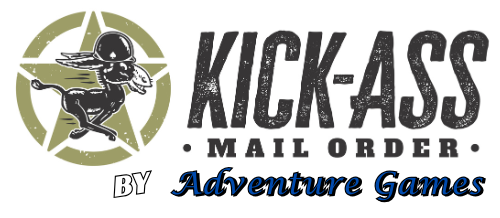



Later Greek Peltasts - WGH-GR-37
Warlord Games
MSRP:
$19.25
Now:
$16.36
(You save
$2.89
)
- SKU:
- WGH-GR-37
- UPC:
- 5060000000000
- OQ:
- 1
OQ 1
Recommended
-




Ancient Greek Hoplites - WGH-GR-02
MSRP: $41.50Now: $35.25



Classical Greek Phalanx - WGH-GR-03
MSRP: $41.50Now: $35.25



Spartans - WGH-GR-01
MSRP: $41.50Now: $35.25








